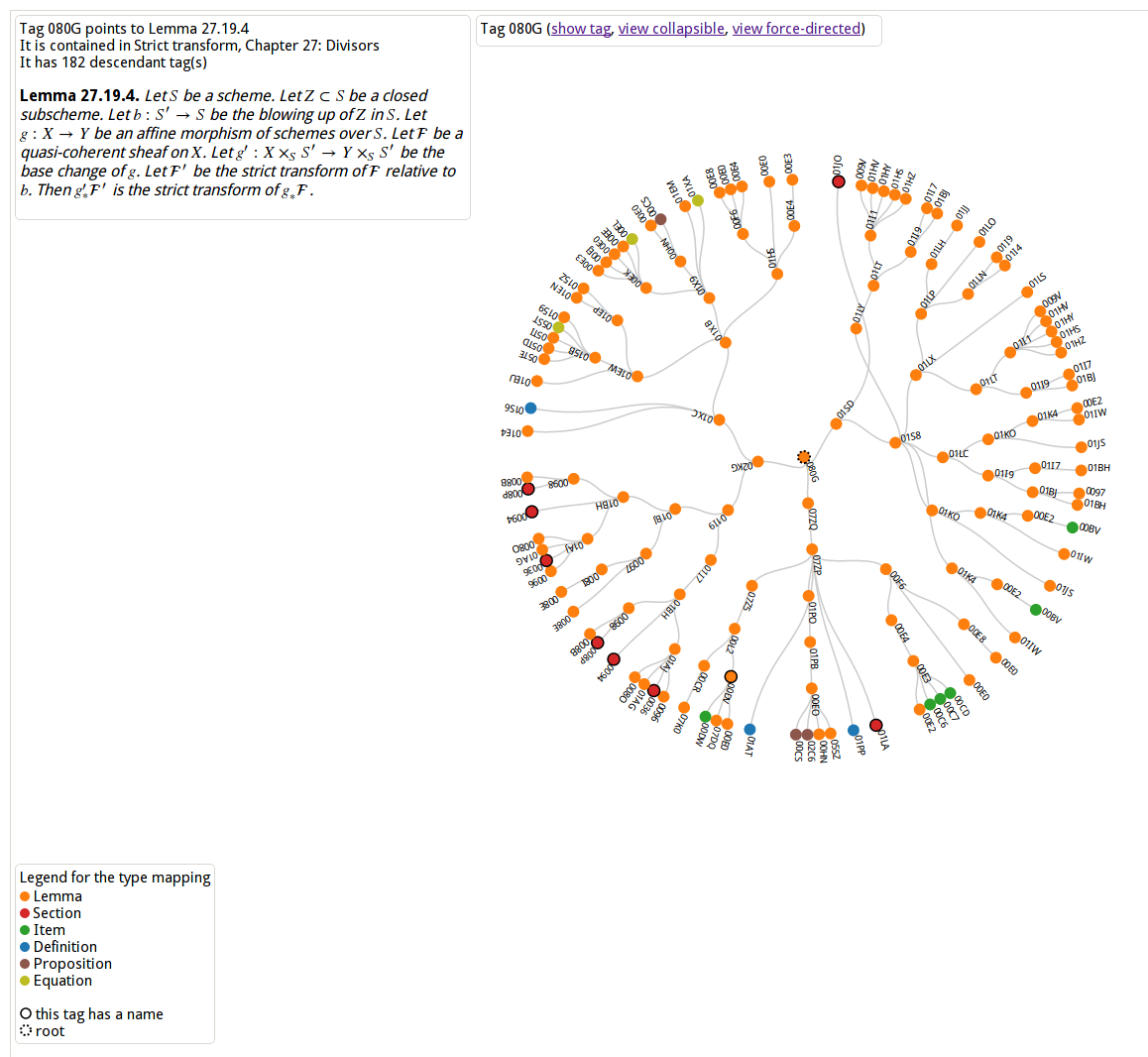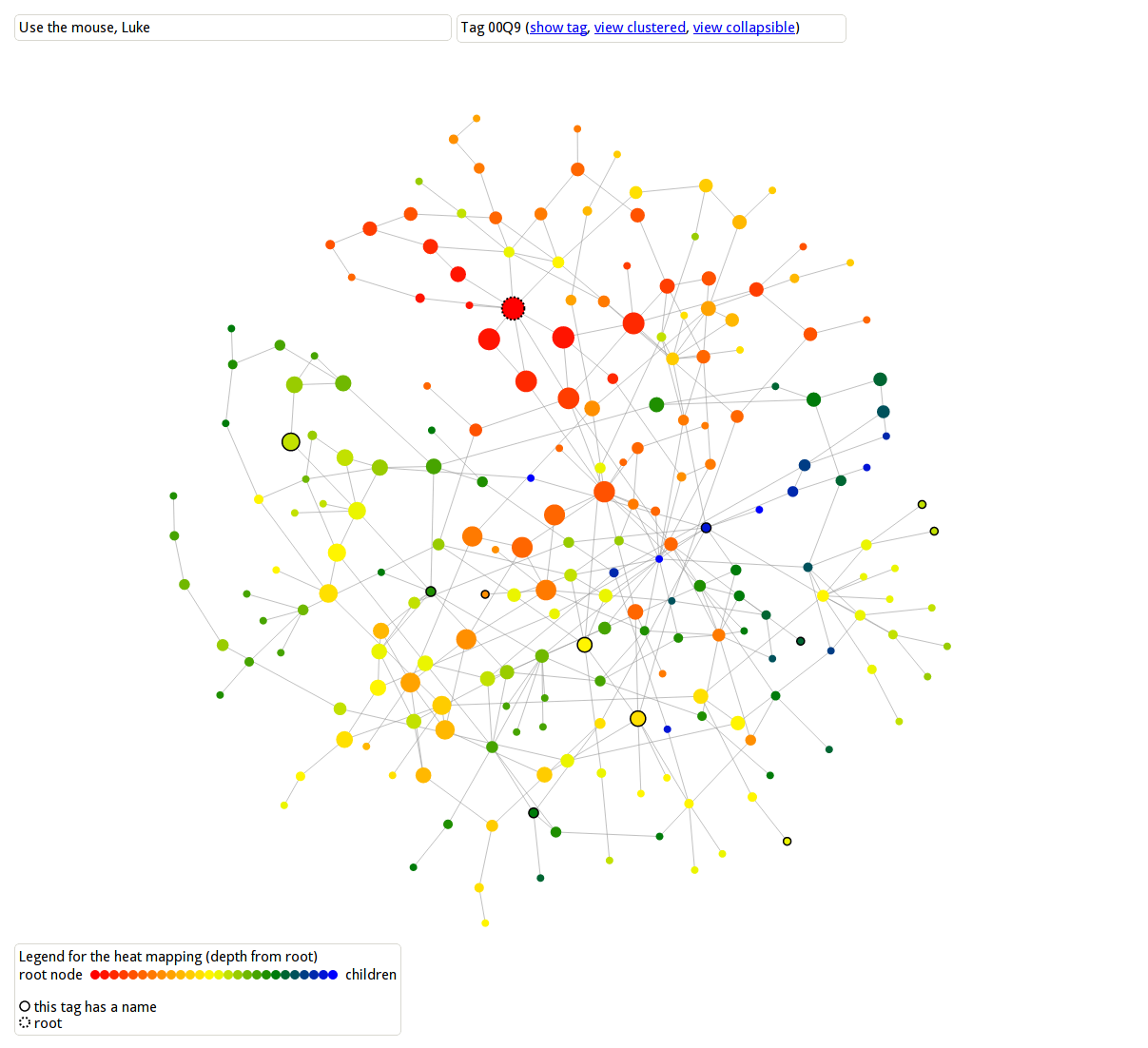Ok, so I’ve finally found (what I think will be) a “classical” solution to getting a deformation theory for the stack of coherent sheaves in the non-flat setting. I quickly recall the setting.
The problem: Suppose you have a finite type morphism X —> S of Noetherian algebraic spaces. Let A be a finite type S-algebra. Let F be a coherent sheaf on the base change XA which is flat over A and has proper support over A. We want to write down some pseudo-coherent complex L on XA such that for every surjection of S-algebras A’ —> A with square zero kernel I the ext groups
ExtiXA(L, F ⊗A I), i = 0, 1, 2
give infinitesimal automorphisms, infinitesimal defos, and obstructions.
Derived solution: If you know derived algebraic geometry, then you know how to solve this problem. I tried to sketch the approach in this remark and now I can answer the question formulated at the end of that remark as follows.
Namely, the question is to construct a complex L such that H0(L) = F and H-2(L) = Tor1OS(OX, A) ⊗ F. The ingredient I was missing is a canonical map
c : LXA/A —> Tor1OS(OX, A)[2]
You get this map quite easily from the Lichtenbaum-Schlessinger description of the cotangent complex (again, in terms of derived schemes, this follows as XA is cut out in the derived base change by an ideal which starts with the Tor1 sheaf sitting in cohomological degree -1, but remember that the point here is to NOT use derived methods). OK, now use the Atiyah class
F —> LXA/A ⊗ F[1]
and compose it with the map above to get F —> Tor1OS(OX, A) ⊗ F[3]. The cone on this map is the desired complex L.
Yay!
PS: Of course, to actually prove that L “works” may be somewhat painful.


